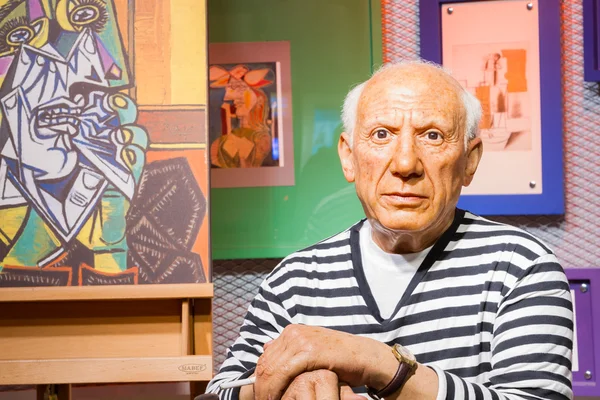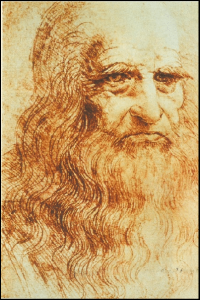
2. Innovating New Artistic Techniques
Picasso was known for his relentless experimentation, constantly pushing the boundaries of materials and techniques. He is credited with the invention of collage and constructed sculpture, two innovations that would become essential tools for many later artists. Picasso’s work in ceramics, particularly in the 1940s and 1950s, also had a significant influence on the medium, merging fine art with applied arts.
3. Breaking Boundaries of Style
Picasso’s career spans an incredible array of styles, from the emotional depth of his Blue Period to the fragmentation of Cubism, and the classical forms of his later work. His refusal to be confined to a single style allowed him to explore new forms of expression throughout his life. Each phase of his career—Blue, Rose, Cubism, Surrealism, and Neoclassicism—reveals a new facet of his artistic evolution, and this versatility contributed to his ongoing relevance.
4. Art as Political Statement
Picasso also used his art as a platform for political commentary. His famous painting Guernica (1937) stands as one of the most powerful anti-war statements in the history of art, depicting the horrific consequences of the Spanish Civil War and, by extension, the destruction caused by war itself. Through his involvement with left-wing politics and his membership in the Communist Party, Picasso used his art to reflect the struggles of the oppressed and the horrors of war, establishing him as an artist whose works were not only visual expressions but also vehicles for social and political change.
5. Enduring Influence on Artists
Picasso’s impact on subsequent generations of artists is immeasurable. His radical departure from conventional art forms inspired movements such as Abstract Expressionism, Surrealism, and Minimalism. Artists like Andy Warhol, Jackson Pollock, and Jean-Michel Basquiat drew inspiration from Picasso’s daring approach to breaking artistic norms and his continuous exploration of new artistic languages.
6. Global Recognition and Market Impact
Picasso’s works have achieved iconic status worldwide. His art has broken records in the art market, with pieces such as Les Femmes d’Alger (1955) being sold for tens of millions of dollars at auctions. Picasso’s influence extends beyond galleries and museums, permeating popular culture, design, and the arts in general. His iconic works are featured in major museums and collections around the world, ensuring his legacy remains alive in the cultural consciousness.
7. Personal Legacy and Iconography
The figure of Picasso himself became a symbol of genius and the archetype of the modern artist. His persona, with his signature style, flamboyant lifestyle, and personal history, contributed to his mythos. Picasso’s own life, filled with artistic achievement, personal turmoil, and constant reinvention, became as iconic as his art, making him an enduring symbol of creativity and innovation.
Pablo Picasso’s favorite quotes
“Every child is an artist. The problem is how to remain an artist once we grow up.”
“Inspiration exists, but it has to find you working.”
“Art washes away from the soul the dust of everyday life.”
“The purpose of art is washing the dust of daily life off our souls.”
“It took me four years to paint like Raphael, but a lifetime to paint like a child.”
“Everything you can imagine is real.”
“Action is the foundational key to all success.”
“I paint objects as I think them, not as I see them.”
“Good artists copy, great artists steal.”
“Art is a lie that makes us realize truth.”







